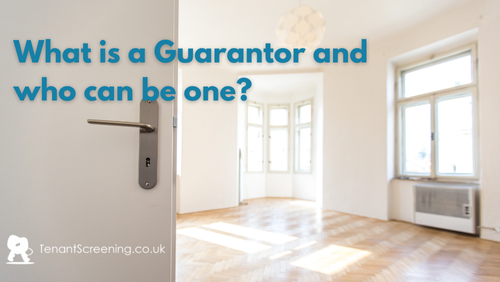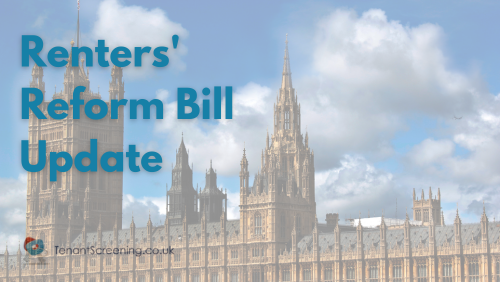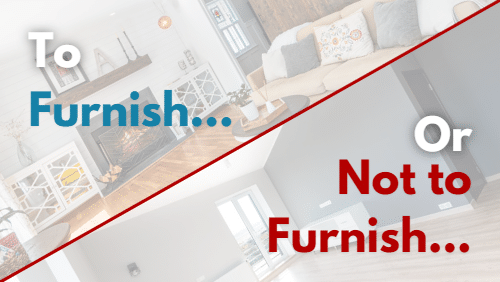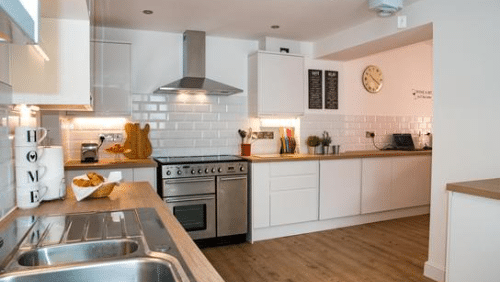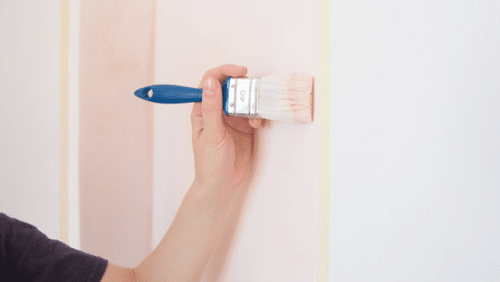Top tips for new and growing HMO Landlords
Managing your HMO property can be a challenging and complex job, especially if you’re just getting started and learning the ropes as an HMO landlord.
HMOs are subject to even more rules and regulations than your typical buy-to-let, and renting to numerous tenants who will all be living in the same home typically results in the landlord needing to do more administrative work.
When done correctly, managing an HMO can be a more lucrative investment than managing a typical buy-to-let. Running an HMO is actually not all that different from running a typical buy-to-let, it simply requires a bit more commitment and effort. This is true even if it may initially appear complicated once you get your head around the additional rules and regulations.
In this post, we’ll provide you some expert advice geared exclusively for HMO landlords that will greatly improve the performance of your HMO buy-to-let investment.
Your legal responsibilities
The best thing you can do to ensure that your duties as an HMO landlord go without a hitch is to make sure that you are fully aware of your additional legal obligations from the outset.
Running your HMO efficiently depends on your understanding of what is required of you and your commitments to your tenants. Failing to adhere to HMO standards may result in legal difficulties as well as danger to the health, safety, and welfare of your tenants.
A HMO landlord’s additional duties can be loosely classified into five categories:
- Obtaining an HMO licence.
- Providing tenants with adequate provisions.
- Complying with additional fire safety regulations.
- Adhering to overcrowding standards.
- Providing adequate refuse disposal facilities.
Obtaining Specialist HMO Insurance
Traditional landlord insurance does not offer sufficient protection for homes with several occupants because these homes are considered higher risk properties.
You can have peace of mind and financial security in the event of unplanned events like a fire or flood by purchasing HMO insurance. Additionally, it can protect you against liability claims and accidental or malicious damage.
You should choose comprehensive HMO insurance that covers the following elements in order to give yourself the greatest level of protection:
- Building insurance.
- Contents insurance(for the contents that you provide).
- Loss of rent (if the building is damaged).
When purchasing HMO insurance, confirm that the property’s address has been registered with your local council as an HMO. Forgetting to do this could void your insurance.
Also, it’s essential that your tenants don’t try to sublet any of the property’s rooms because doing so would invalidate your insurance.
Expect your HMO to involve more work than a standard rental
Being an HMO landlord is no easy task, therefore you must ensure that you enter this new endeavour with your eyes wide open.
Although running an HMO can be very lucrative, it can also be very labour-intensive. The property requires greater upkeep, and there will be more people asking questions and needing help with issues when multiple tenants are housed together. Also, HMOs have more administrative duties because the tenant turnover rates are generally higher.
Many HMO landlords find it extremely challenging to manage their property while holding down other jobs, and they see their position as an HMO landlord as their full-time work, especially if they have multiple HMOs to manage.
What will happen if you are unavailable or out on holiday should also be taken into consideration. Some examples of support required include being locked out and/or issues with heating . In situations like this, the majority of landlords designate a lead tenant to support the remaining housemates.
What type of tenants are you looking to attract?
It may be more important than you think to have a focus on the type tenants you want to live in your HMO.
It helps to know who you are targeting to attract when you design, furnish, advertise, and market your property.
Although anybody can reside in an HMO, seasonal labourers, young professionals, and students are the most typical HMO tenants.
Students – Student housing that is close to the college, services, and nightlife is constantly in demand. Although it is typically simple to find renters and they typically sign for a 12-month term, you should expect your property and furnishings to be subject to some rather substantial wear and tear when you rent to students. Students place a premium on location, so it makes sense to furnish the space with high-quality, long-lasting furniture that you can afford to purchase used.
Young Professionals – Young professionals and recent graduates who are starting their professions sometimes decide to live in HMOs to lower the cost of inner-city living. When it comes to the property’s decor and furnishings, this type of tenant typically has higher expectations than the average college student.
Seasonal workers – Seasonal employees need short-term housing while they are doing a temporary employment. There may be a high turnover of tenants, which might result in increased levels of administration, and they may demand relatively short or flexible tenancy agreements. Seasonal employees are typically less concerned with high-quality furniture because they don’t typically stay for that long.
Once you’ve decided what kind of tenant you would like to attract, it’s better to stick with that type and never mix multiple types of tenants in the same property. By doing this, you reduce the possibility of your tenants’ various lifestyles clashing and creating issues.
Maximise Profit
By transforming additional living spaces into bedrooms, HMO landlords can increase their rental income in one of the easiest ways possible. For instance, if your home contains a living room, dining room, and a kitchen large enough for eating in, you might be able to turn the dining room into another bedroom, vastly increasing your rental income.
It goes without saying that there are severe regulations about overcrowding in HMOs, and living spaces should only be turned into bedrooms if there is still enough room for tenants to live comfortably and meets the minimum room size for a bedroom.
Make smart improvements to your HMO
Consider what clever improvements you can make to the property to make it more appealing for the tenants you want to live there is a great strategy for maximising profit.
Sometimes the smallest adjustments can have the biggest results. Consider inexpensive upgrades that can enhance tenant comfort whilst increasing the rental value of your property. Some upgrade areas are:
Improve the curb appeal – What does the outside of your HMO say about it? In order to draw in new tenants and demonstrate that you are a landlord who cares about your tenants’ experience, it can help to clean up and take care of the exterior of your property. Your HMO’s curb appeal can be significantly increased by painting the exterior walls, putting in a new fence, maintaining the garden, adding some potted plants, and adding a doormat.
Invest in energy efficiency – If the property energy efficiency rating isn’t great, you can improve it by replacing the windows, adding insulation, or draught-proofing. An energy-efficient home with reasonable energy bills, as well as a warm home, can be a genuine plus for tenants in this era of sky-high energy prices.
Install another toilet or bathroom – When several people are residing in a single home, having numerous restrooms and laundry facilities can be a major selling point. The value of your HMO can be significantly increased by converting an empty room or area into an en-suite or additional toilet or shower room.
Conduct Regular Inspections
Being proactive rather than reactive when it comes to maintenance work will pay off for you as an HMO landlord. The property and furnishings inside are subject to a high level of wear and tear due to the number of tenants living simultaneously under one roof.
You lower the possibility that minor issues may become larger, more expensive repair jobs or a threat to the safety of tenants by doing frequent inspections and conducting maintenance and repair work as soon as they are found.
If issues with the property persist, tenants may also feel frustrated and inconvenienced. In order to prevent problems from negatively affecting your tenants, it’s important to keep up with HMO property maintenance.
Maintaining your HMO’s upkeep is essential for maintaining and maximising the value of your home.
Keep in regular contact with your tenants
Poor communication is the main cause of landlord-tenant relationships to fall apart, so it’s essential that you establish a route that makes it easier for you to interact with your tenants—especially if you have a lot of them!
Make sure your tenants are aware of the various ways they can reach you in case they need assistance and let them know they can do so. If any of your tenants attempt to contact you by phone or email, make sure to get back to them as quickly as you can.
Equally, make sure you have up to date, accurate contact information for your tenants to enable you to communicate important information when you need to.



